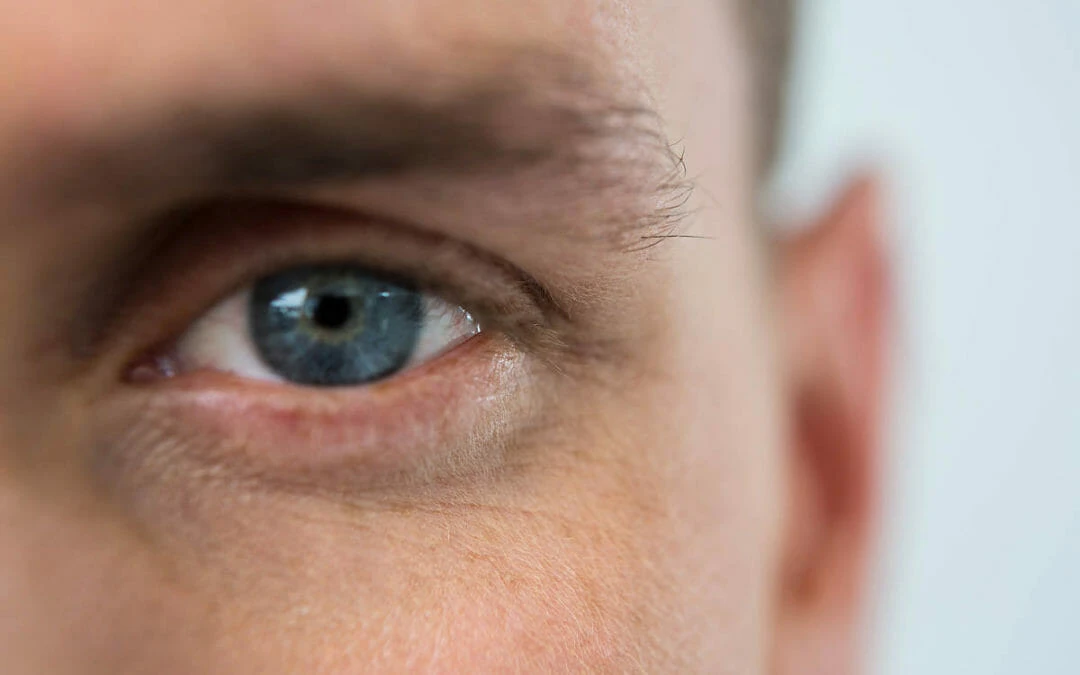 The symptoms of age related macular degeneration (AMD) vary from person to person, but they can all be attributed to the aging process. AMD is a disease of the macula at the back of the eye, which sends images from the eye to the brain. When the macula is damaged, the brain is not able to read and understand these images. This can lead to the appearance of waves in straight lines.
The symptoms of age related macular degeneration (AMD) vary from person to person, but they can all be attributed to the aging process. AMD is a disease of the macula at the back of the eye, which sends images from the eye to the brain. When the macula is damaged, the brain is not able to read and understand these images. This can lead to the appearance of waves in straight lines.
Age Related Macular Degeneration is Hereditary
The condition is highly hereditary, with recurrence ratios of three to six times higher in siblings of patients with the disease. Researchers have identified five sets of genetic variants on different chromosomes that regulate immune response, inflammatory processes, and the homeostasis of the retina. These mutations can lead to a breakdown in vascularization, which can result in scarring of the retina.
Causes of Age Related Macular Degeneration
The causes of age related macular degeneration are not clear, but experts believe that two key factors appear to be associated with the disease. The first, retinopathy, is a common cause of age related macular degeneration. It is responsible for about half of all vision loss, but many people develop AMD without even realizing it. It is often misdiagnosed, though, as a disorder of the macula.
The second is wet age-related macular degeneration, which can progress to the dry form. In this case, abnormal blood vessels grow underneath the macula, causing fluid to leak out. This makes the central vision blurred. This is a rapidly progressing disease. A person suffering from age-related macular degeneration should contact a doctor immediately for diagnosis and treatment. These professionals are equipped to diagnose and treat the disease.
Treatment for AMD
While there is no cure for age related macular degeneration, doctors can offer various treatments to help slow the progression of the disease. In addition to the use of anti-VEGF drugs, patients suffering from wet age-related macular degeneration may also benefit from working with a low-vision rehabilitation specialist. Such a person can also learn how to cope with the loss of their vision. In addition, fluorescein angiography is a test used to detect the wet form of age-related macular deterioration.
Wet and dry age related macular degeneration are both characterized by yellow deposits under the retina. They can cause severe vision loss and may be inherited. While AMD can be hereditary, family history and genetic factors play a large role in the development of this disease. Most people with AMD can still maintain a normal vision for the remainder of their lives. A doctor can prescribe medications that will help prevent blindness and manage the condition.
The clinical definition of early age-related macular degeneration varies from source to source. However, there is a common guideline: drusen at least 5 um in the posterior pole. In some cases, drusen may merge or disappear, causing a new blank or blind spot in the central field of vision. During the course of the disease, the patient will need to increase the amount of light in the surrounding environment.
The earliest stage of the condition involves small drusen without pigment changes. These drusen are detected during a routine eye examination. Healthcare providers may also recommend that people have regular eye exams so that they can monitor for any new symptoms of age-related macular degeneration. This is an important part of the early-stage diagnosis of age-related macular degeneration. In the latter stage, the patient may be able to drive, read, and perform daily activities.
There are two types of AMD. The most common type is dry AMD. It affects about 80% of patients. Both genetic and environmental factors are suspected to be the cause. In dry AMD, light-sensitive cells in the macula break down and slowly lose vision one eye at a time. The loss of vision is often gradual and occurs slowly. A person’s age-related damage to the macula’s support membrane may be a contributing factor.
Dry age related macular degeneration is a disease with no specific treatment. A doctor may recommend a low-vision device. These devices can be useful for the patient to perform daily activities. If a person is able to walk, he or she can use a cane. A physician should provide eye care for both types of age related macular degeneration. If they are unable to walk, they may have difficulty completing other tasks.




